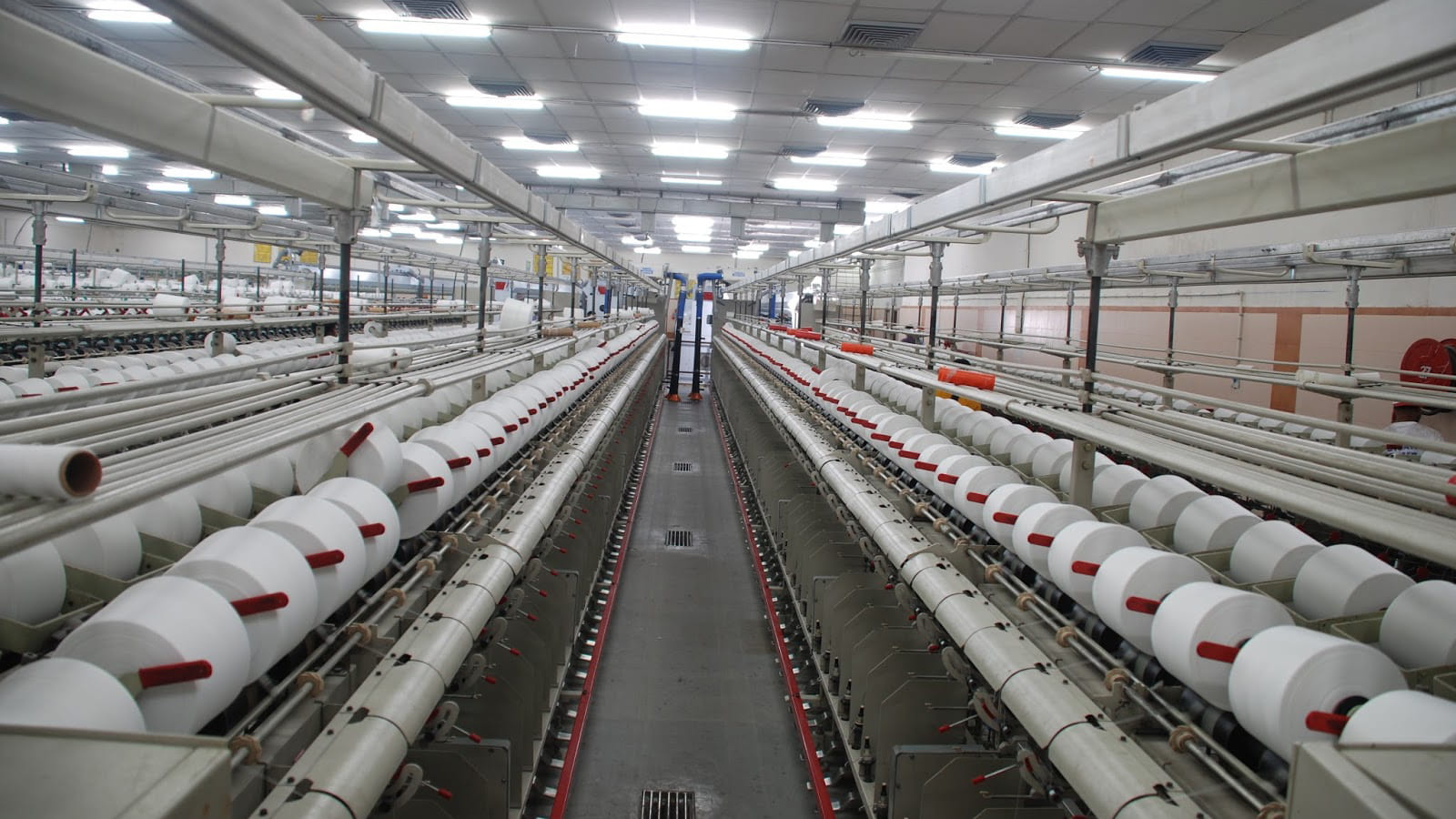According to China Textile Net, affected by the epidemic, India’s existing large export textile companies could not guarantee normal delivery in August, which led to the transfer of multiple production orders from India to production in China, which also caused some textiles production in China, especially clothing manufacturing. The order is scheduled for May next year.
A recent printing and dyeing factory in Zhejiang issued an internal document as early as before the National Day: October 1st “National Day” and “Mid-Autumn Festival” will not be closed, and employees will add ¥200 yuan every day. Part of the reason for the recent improvement in textile orders comes from overseas. Many manufacturers have received some “rush orders” and “flying orders” from India. Because it does not have an absolute advantage in load cost, it is difficult for these orders to stay in China for a long time. Therefore, most people believe that although the export performance of the textile industry is excellent, for certain refund orders, textile and apparel are generally “emergency orders”.
According to the 21st Century Business Herald, representatives of the Ministry of Commerce stated that China is the world’s largest textile producer and exporter, and it has obvious advantages in exporting labor-intensive products. It is normal market behavior for international buyers to choose Chinese suppliers based on their production capacity. Statistics show that from January to August, the national textile and apparel exports amounted to US$187.41 billion, a year-on-year increase of 5.6%, and the growth rate was 1.3 units faster than the previous 1-7 months. August. The “turnover” of the textile and apparel industry was mainly in the second half of this year. That month, the national textile export value was 14.72 billion U.S. dollars, an increase of 47% year-on-year; the clothing export value was 16.21 billion U.S. dollars, an increase of more than 3.2%, achieving a positive monthly growth for the first time this year.
India is the world’s largest cotton producer, the world’s largest jute producer, and the world’s second largest silk producer. Its yarn production capacity accounts for 22% of the world. Textile revenue has always been one of the main pillars of the Indian economy and one of the largest sources of foreign exchange income in India. The textile industry accounts for about 15% of India’s total export revenue. The large number of repeated orders here is due to the suspension of work in the textile industry due to the impact of the new crown pneumonia.
The report pointed out that thanks to the first resumption of work and production, China’s textile export data is dazzling, which effectively guarantees the international market supply. According to the latest data released by the General Administration of Customs, in the first three quarters of this year, textile exports including masks reached 828.78 billion in the first three quarters of this year, an annual increase of 37.5%.
In addition, according to statistics from the 21st Century Business Herald, starting from May, data from Alibaba International Station, the largest online foreign trade platform in a few years, shows that orders for fabrics and textile raw materials in China have more than doubled; orders for the apparel industry have also increased at intervals. Up double above.
Similarly, once India’s domestic production capacity is restored and the domestic production cost advantage is reduced, whether orders can stay in the country for a long time needs further observation. It is not so easy for these textile orders to be transferred back, especially the leather goods industry is not very technical, and it is relatively simple to transfer abroad. Therefore, China’s textile industry still needs to calmly recognize the indicators and its own advantages to achieve product and industry upgrades in existing industries.


